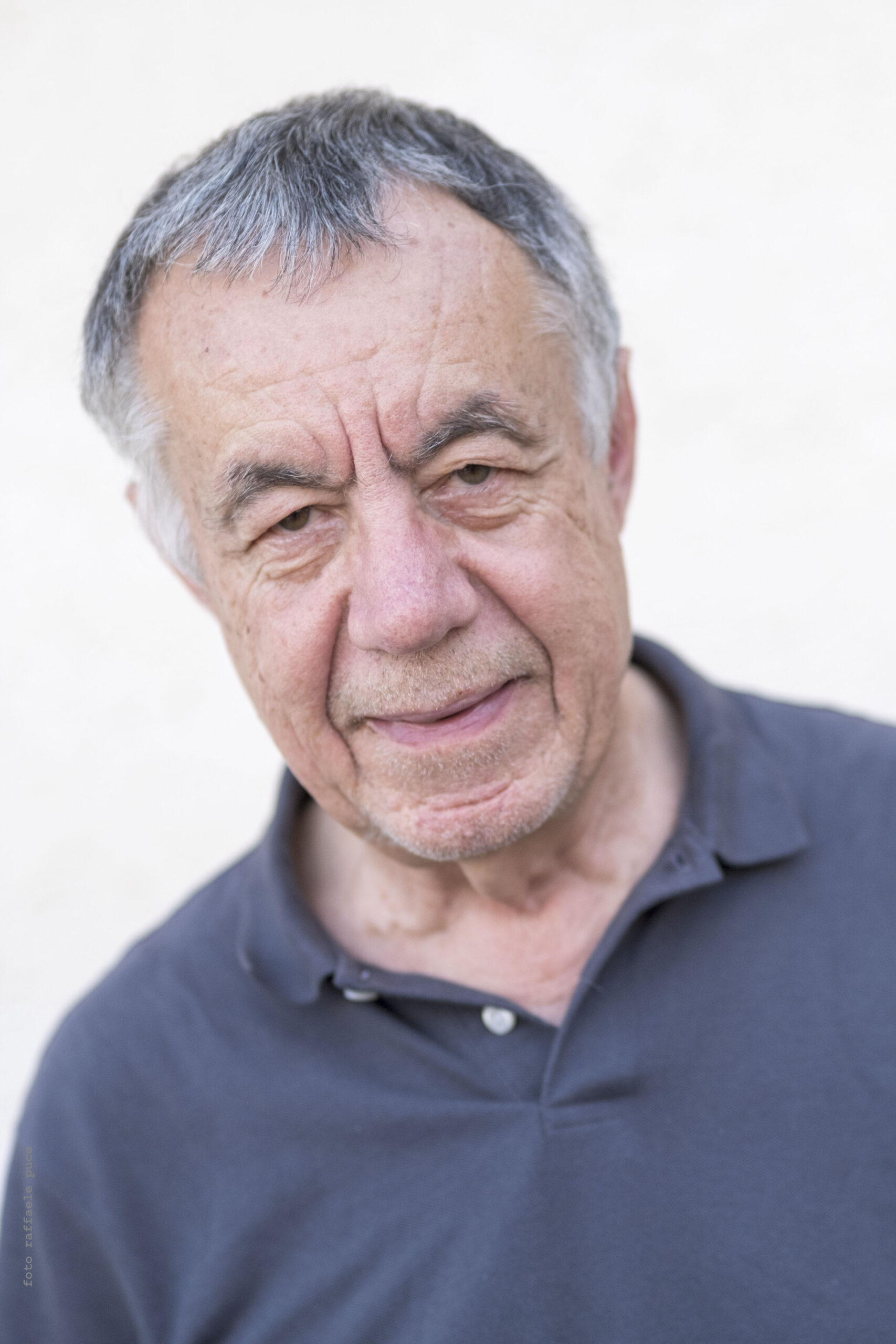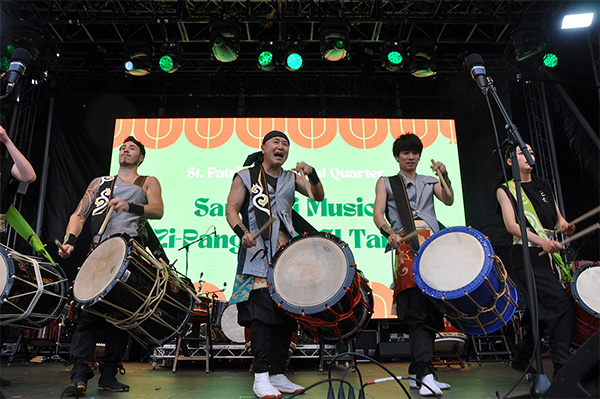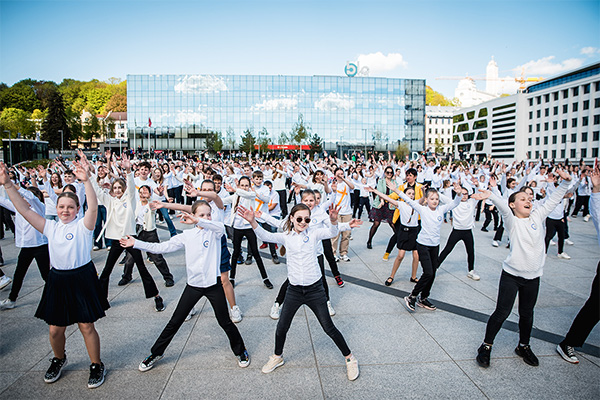Column
ColumnWHERE IS LECCE?
Why do you invite Japanese artists to Lecce every year for Tempora/Contempora Fest?
This is one of the most frequent questions I am asked by the public, cultural workers, journalists and even the Japanese artists themselves.
To all of them I say that answering this question is not difficult for me. And to all I hand over a personal memory of mine.
In 2018, I received a message from Kosovan playwright Jeton Neziraj, inviting me to get in touch with Mr. Shuji Kogi of the EU-Japan Fest Japan Committee. I did not know who he was and I did not know anything about the EU-Japan Fest Japan Committee, the Japanese organization led by Mr. Kogi, which supports the projects of Japanese artists invited to work in European Capitals of Culture. At that time he was in Pristina, Kosovo, and having heard about my interests and curiosity for the Balkans, he asked me for a list of artists and public administrators to meet in Macedonia, Montenegro and Albania in the life of potential candidates for European Capitals of Culture. He also knew of my commitment to European Capital of Culture Matera 2019.
“Why don’t you come and visit us in Tokyo to tell us about your project for Matera 2019?”
This is also a question that was not difficult for me to answer in the affirmative. He invited me and I also went because for Matera 2019 we were looking for Balkan performers and Japanese performers to be involved in the production of the show Humana Vergogna directed by Silvia Gribaudi.
That trip to Tokyo, the meeting with Mr. Kogi, the EU-Japan Fest Japan Committee staff and the Japanese performers was the beginning of a season of cultural rebirth for me. It rested on the original discoveries of the theatre that was being created in the eastern part of the world, discoveries that I had made during my university studies (the theatre of the Russian avant-garde of the 20th century, Butoh and Noh) and thanks to the vision of so many shows that arrived in Milan and Italy between the 1980s and 1990s.
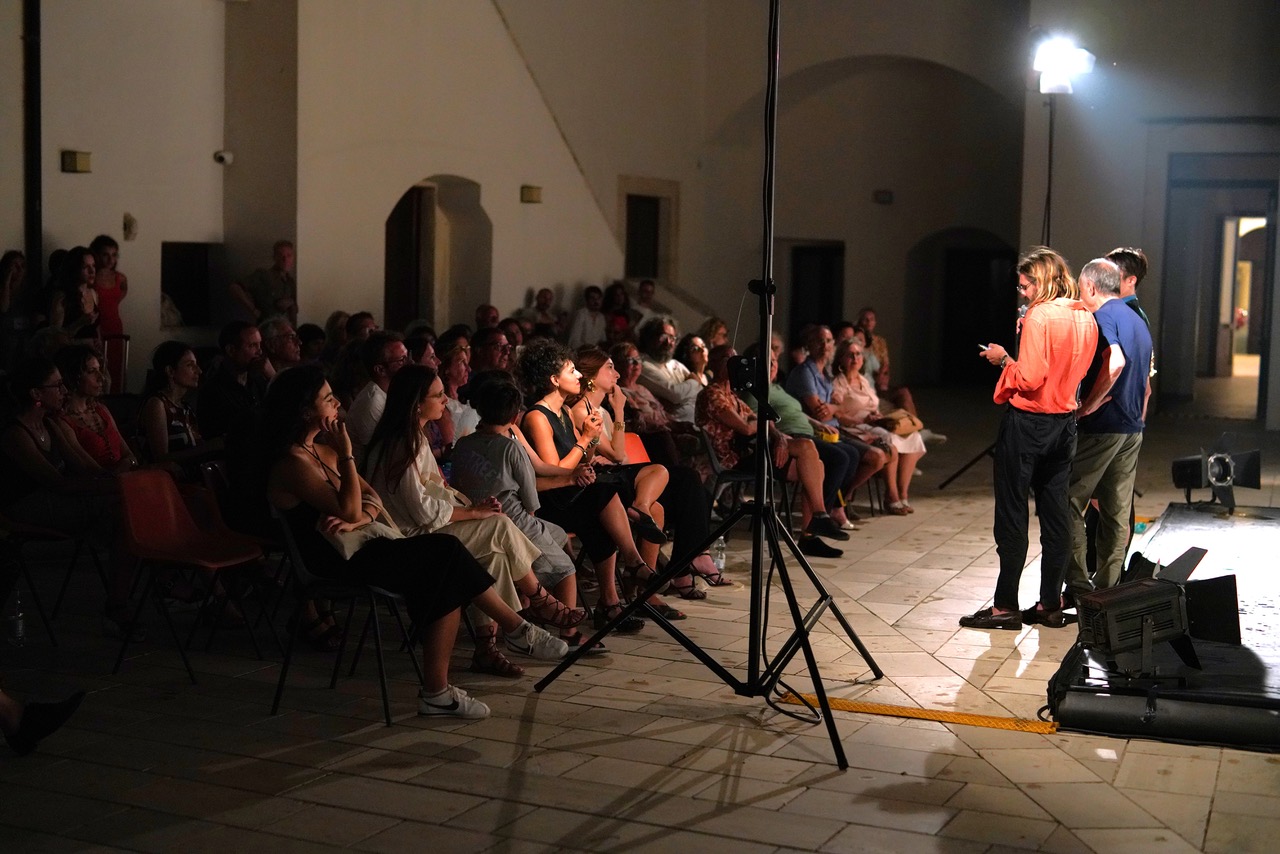
And yet another question kept buzzing in my head. Why not reconnect those threads and those relationships in Lecce, a Mediterranean city in southern Italy that more than others looks to the East, to the values of the East, a place where East and West coexist and where the dawn of the East arrives before any other?
Thus was born Tempora/Contempora Fest with five editions already completed, the only Italian multidisciplinary festival with a prevalent presence of Balkan and Japanese artists and with a small but already interesting heritage of relationships, discoveries, and artistic projects behind it. From Albania Adrian Paci, Ilir Butka, Gentian Koci, Alban Nemani, Klaudia Piroli, Admir Skurtaj. From Serbia Tanja Šljivar, but especially from Japan Masako Matsushita,Suichu-megane ∞ (Ayane Nakagawa and Nemoto Shimpei), Aoi Nakamura, Anan Atoyama and Takao Norikoshi who became my friend and mentor.
And to enrich the last edition came the shows K(A)O by Kenji Shinoe and MIS-SING ONE by Yui Kawaguchi, presented in the Art Room of the Bernardini Library in Lecce (in Galatina the location has been the old monastery of Santa Chiara), a neoclassical building with an extraordinary collection of both classical and contemporary art books. The performers played here, a very special location that allows the public to breathe in atmospheres of the past, letting themselves be overwhelmed by the suggestions and emotions of contemporary art.
In their performances, both Japanese artists explore the metamorphic capacities of their bodies in relation to both traditional rituals and the new possibilities (and distortions) of digital communication. Bodies that in their interaction with the past and the present receive impulses that create new postures and unusual imagery. Kenji Shinohe’s clownery is combined with the language of cartoons, while Yui Kawaguchi’s dance is a fascinating dialogue between a fairy-tale, ritual and ancient world and luminous postmodern landscapes in which body, light and nature are an organic whole. There is no shortage in both of them of doses of good humor and joyful lightness that fascinated the audience in Lecce, especially the young audience, which is more curious and more willing to accept new languages and new artistic practices.
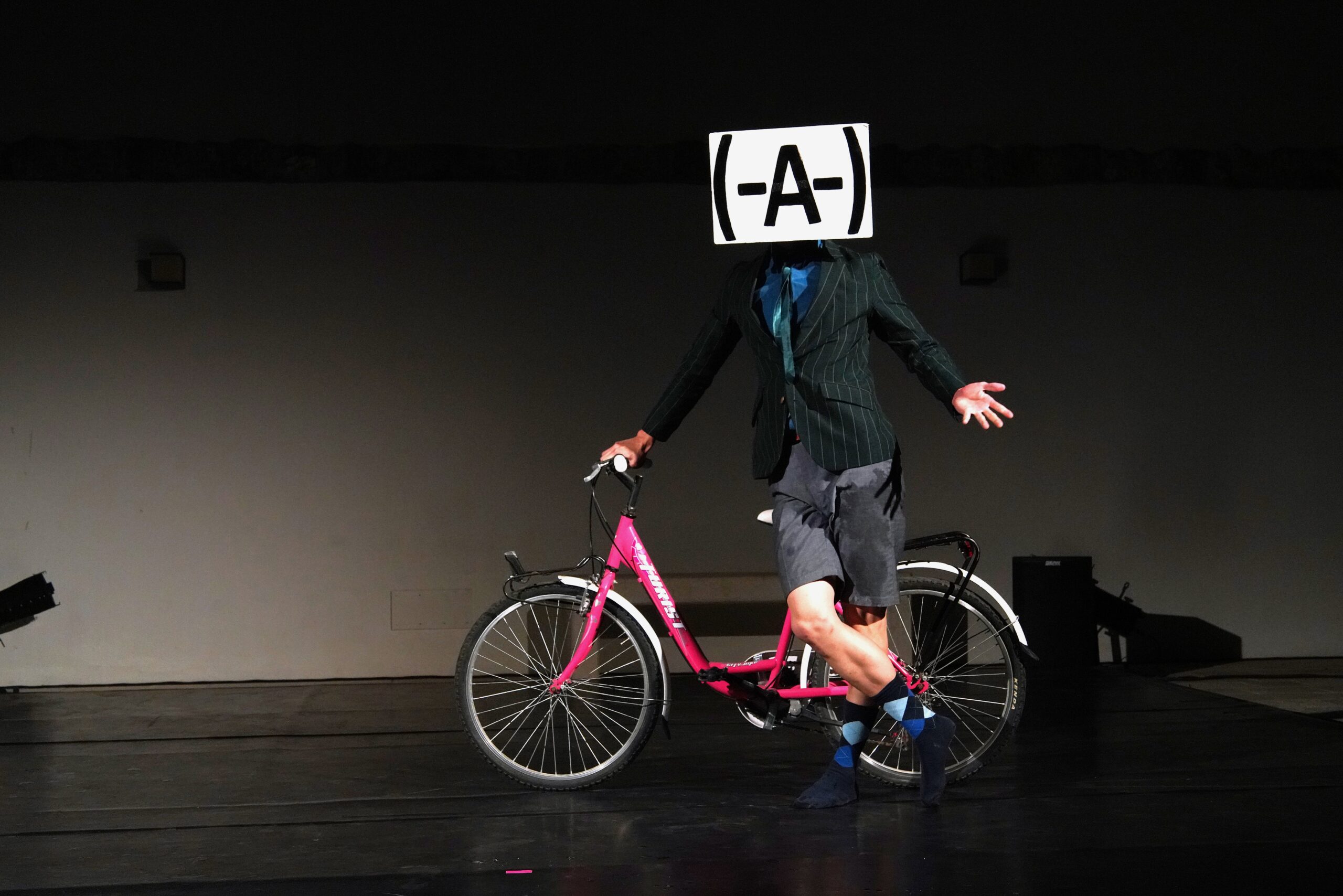
The Tempora/Contempora Fest audience commented enthusiastically on Kenji and Yui’s performances. In Kenji, the spectators appreciated the extreme expressiveness and dynamism of the facial movements with which he draws pictorial pictures that compose an emotional map from which the ironic side of his poetics emerges. Of Yui’s performance, the spectators greatly appreciated the technical and scenographic set-up together with the contamination of expressive languages between dance, art design and rituality that travels through time, between past and present, between traditional cultures and punk imagery.
The Japanese artists also take away with them memories and impressions of a city and a festival that radiates such positive energy and makes the encounter and dialogue between artists and audience its strong point. Reaching this extreme and distant city is not easy for anyone. It takes no less than 15 hours of travelling time for those leaving from Japan and no less than 6 hours for those leaving from any European city. But it is really worth it. When they leave the city, there is only one word that lights up the faces of the guests: beautiful, really beautiful Lecce! I want to go back! And yet it is really a pity that in all these years I have not been able to convince Mr. Kogi to come to beautiful Lecce. I meet him in all the European Capitals of Culture, except in Lecce. What a great regret!

